(Paris 1754 - Paris 1826)
Roman soldiers in ancient architecture
Pair of watercolors
H. 135 mm; W. 100 mm each
Signed in the architectures
Provenance: Château de Vinzelles (de Lostende family) at least in the 20th century.
Victor Jean Nicolle belongs to that generation of traveling artists whose eye was able to capture with precision and sensitivity the beauty of European cities at the turn of the 18th and 19th centuries. A student of the Royal Academy of Architecture, he first trained as a topographical draftsman before turning his practice to painting and especially watercolor. This dual heritage – the rigor of the architect and the freedom of the artist – permeates all his work, where exact detail is combined with a subtly poetic atmosphere. Nicolle distinguished himself very early on by his taste for urban views and monuments. Winner of the prestigious Grand Prix de perspective in 1771, he perfected his art of drawing in Paris and then undertook long stays in Italy, notably in Rome, Naples, Florence and Venice. Between 1787 and 1789, and again from 1806 to 1811, he tirelessly traveled the peninsula, notebook and brushes in hand. His watercolors, precise and luminous, bear witness to the European enthusiasm for the "Grand Tour", this initiatory journey intended to nourish artistic and cultural education. His Roman, Florentine or Venetian views captivate with their sense of composition: ancient or Renaissance monuments are displayed in a clear perspective, but always animated by the discreet presence of human figures, passers-by, travelers or artisans, who give the scene a daily life. Nicolle does not content himself with reproducing architecture; He knows how to capture the atmosphere of a place, the brightness of a summer sky, the transparency of a morning light, the resonance of a square. His watercolor thus becomes an instrument of memory as much as an aesthetic medium. Back in France, he takes the same care in representing Paris and its surroundings. His views of the capital – Notre-Dame, the banks of the Seine, the Louvre or the Place des Victoires – today constitute precious testimonies of the urban physiognomy before the transformations of the 19th century. We also owe him representations of monuments that have now disappeared or have been modified, which gives his work a major documentary value. Although Nicolle enjoyed recognition during his lifetime – his drawings circulated among collectors, enlightened amateurs and architects – he still remains relatively unknown to the general public. However, his work is part of the great tradition of the vedutisti, alongside Canaletto or Piranesi, while affirming a French sensibility, made of elegance and restraint. His watercolors, remarkably fresh, seduce with their balance between descriptive accuracy and pictorial delicacy. Victor Jean Nicolle died in Paris in 1826. His notebooks and albums, preserved in various museums and libraries – notably the Louvre, the Bibliothèque nationale de France and the École des beaux-arts – still allow us today to appreciate the breadth of his vision and to travel, through images, in the cities he explored. Through his art, Nicolle conveys to us a vision that is both faithful and poetic of the urban Europe of his time: a world captured in watercolor, fragile but with a luminous intensity that has lost none of its brilliance.
Framed at the beginning of the 19th century, certainly by the artist or his dealers, these two small watercolors typical of Nicolle were in the Château de Vinzelles on the heights of Mâcon for at least many decades. Did they arrive by inheritance from a family affiliated with the Lostende, or had they been hanging there for two centuries, since their purchase from the artist? It's difficult to answer.





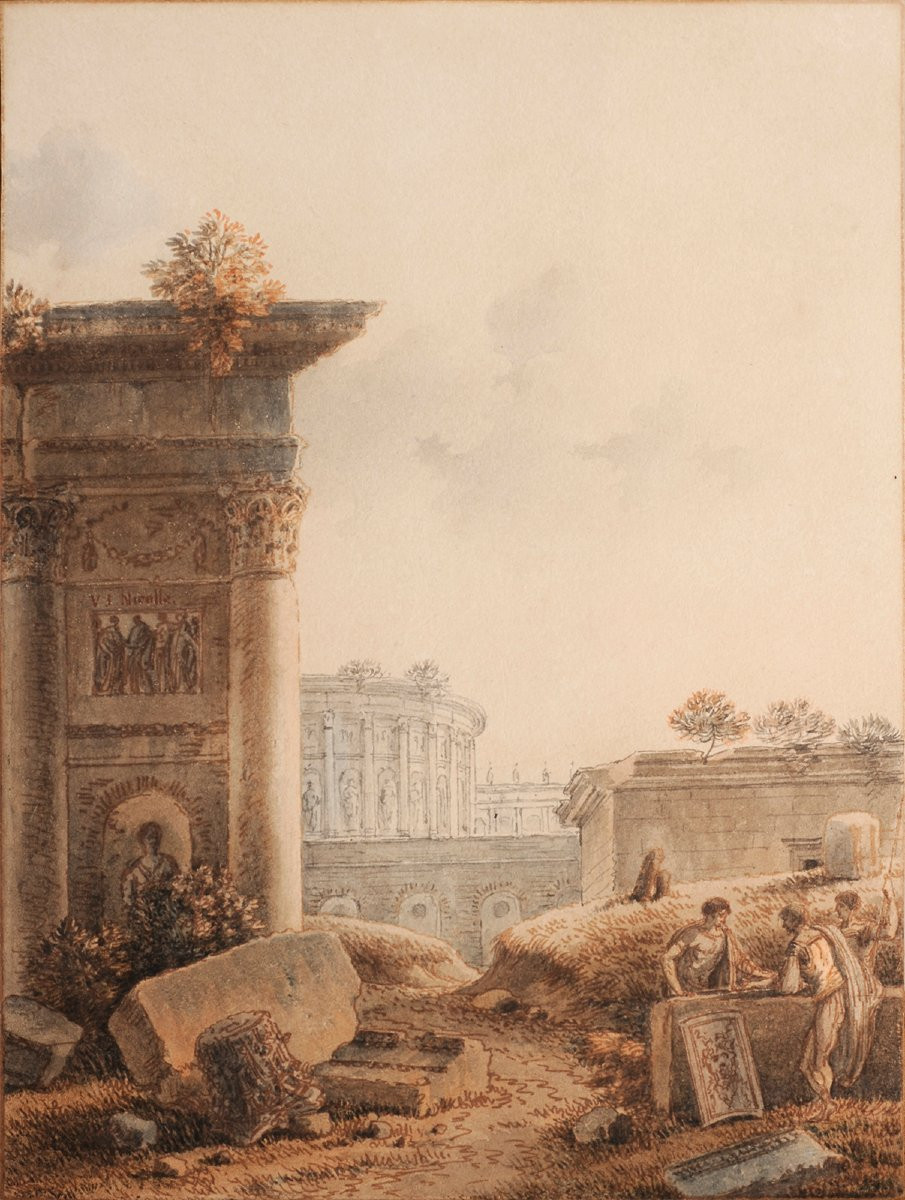

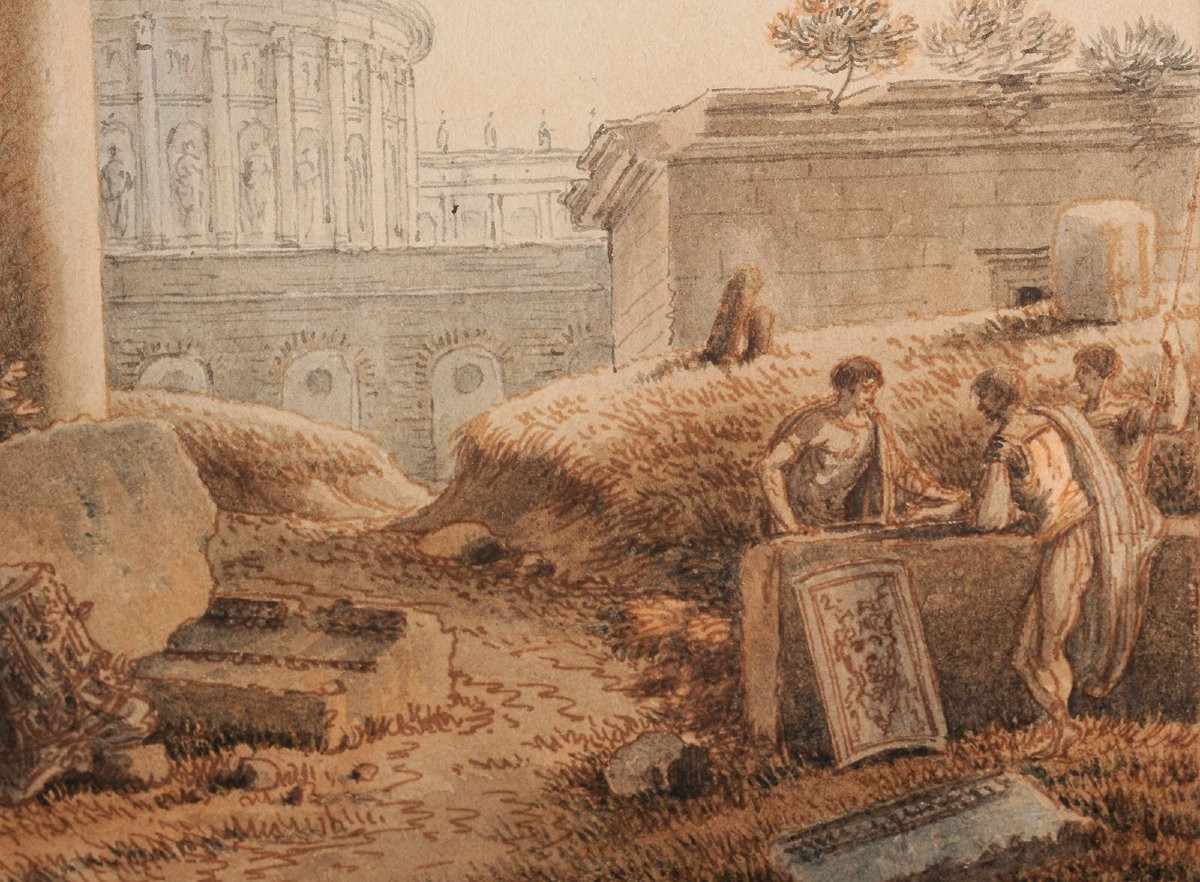






























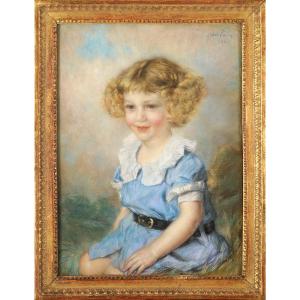
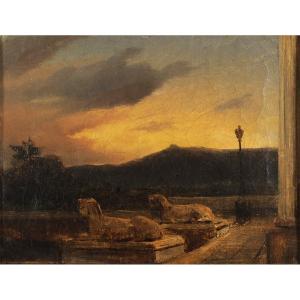



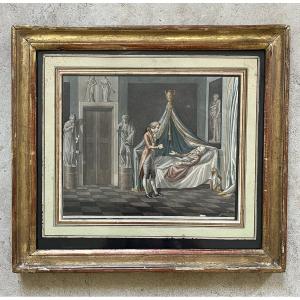


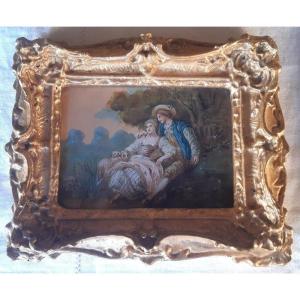



 Le Magazine de PROANTIC
Le Magazine de PROANTIC TRÉSORS Magazine
TRÉSORS Magazine Rivista Artiquariato
Rivista Artiquariato